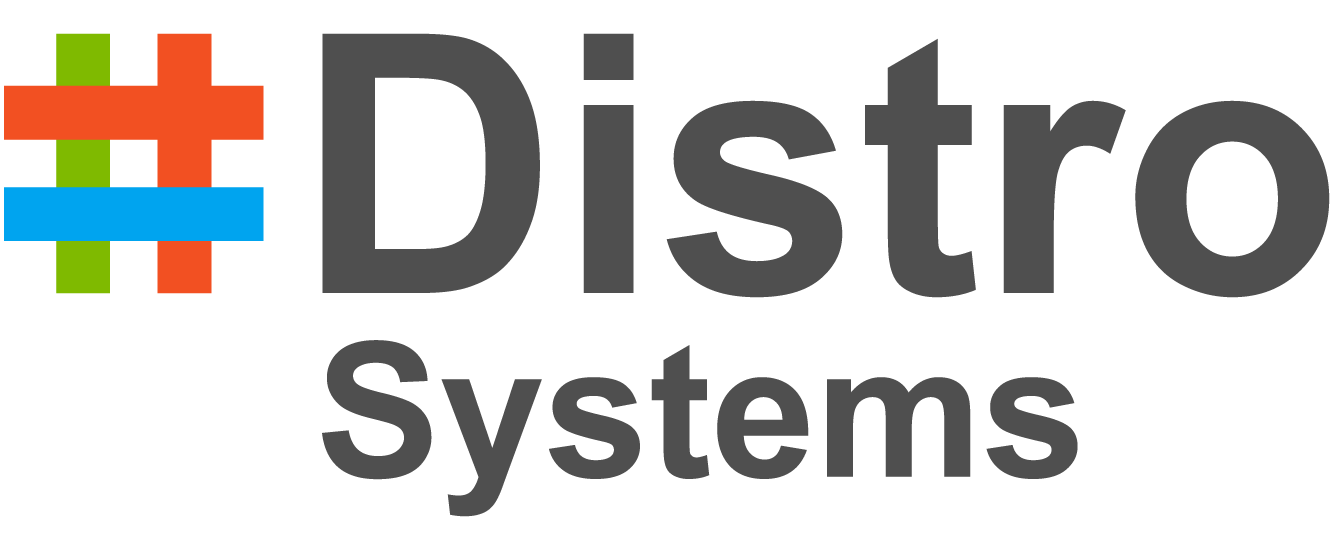Demand
As indicated by LinkedIn’s 2017 U.S. Rising Jobs Report, the number of information researchers has become over 650% since 2012. However, there are still too few individuals abusing the open doors in this field. Why has it become so quick?
Organizations need to utilize information to run and develop their ordinary business. The essential objective of information science is to enable organizations to settle on speedier and better choices, which can take them to the highest point of their market, or possibly – particularly in the hardest red seas – involve long haul survival. The quantity of organizations arranged to utilize huge information is expanding. As Dresner Advisory Services spread out in their Big Data Analytics Market Study, 40% of non-clients hope to receive huge information in the following two years.
In addition, you can apply machine learning on littler informational collections, for example, ones from a nearby organization’s online networking or shopping gift voucher history. This gives considerably more chances and builds the interest for information researchers. Employment development in the following decade is relied upon to surpass development from the previous ten years, making 11.5M occupations by 2026, as indicated by the U.S. Authority of Labor Statistics. Organizations are developing their information science groups to grasp information examination and will make it fundamental to their prosperity. For what reason are these investigation so essential? Is it worth working for one of these organizations? You will discover the appropriate response in the following two parts.
Demand Drivers
Information science changes how choices are made and organizations are adjusting an information-driven methodology on a tremendous scale. Information-driven choices made with cutting edge information examination advantage all way of organization, from worldwide behemoths to medium-sized organizations down to nearby organizations hoping to excel. The absence of information is seldom an issue – heaps of it are gathered each and every second, and we are starting to comprehend the potential and impact it can have. Informational indexes in the correct hands can help foresee and shape what’s to come.
The issue is getting informational collections to blend. It is the information researcher’s job to change associations from responsive situations with static and matured information, to mechanized ones that persistently learn continuously. Gauges are basic – information is a significant asset and putting resources into it will satisfy.
Does the trend continue?
Now, knowing that data science is in huge demand, you are probably wondering who is going to do all the work. Do we have enough data scientists? Maybe the market is already flush with experts. Nothing could be further from the truth – data scientists are few and far between, and highly sought after. IBM predicts demand for data scientists will soar 28% by 2020. Machine learning and data science are generating more jobs than there are experts to fill them, which is why these two fields are the fastest growing tech employment areas today.
The Big Picture
Among the many reasons you would want to become a data-scientist is that you can make a positive contribution to society. Data science can give you some pretty super superpowers. One of them is reshaping industries like healthcare. The amount of data produced about patients and illnesses rises by the second, opening new opportunities for better structured and more informed healthcare. The challenge is to carefully analyze the data in order to be able to recognize problems quickly and accurately.


